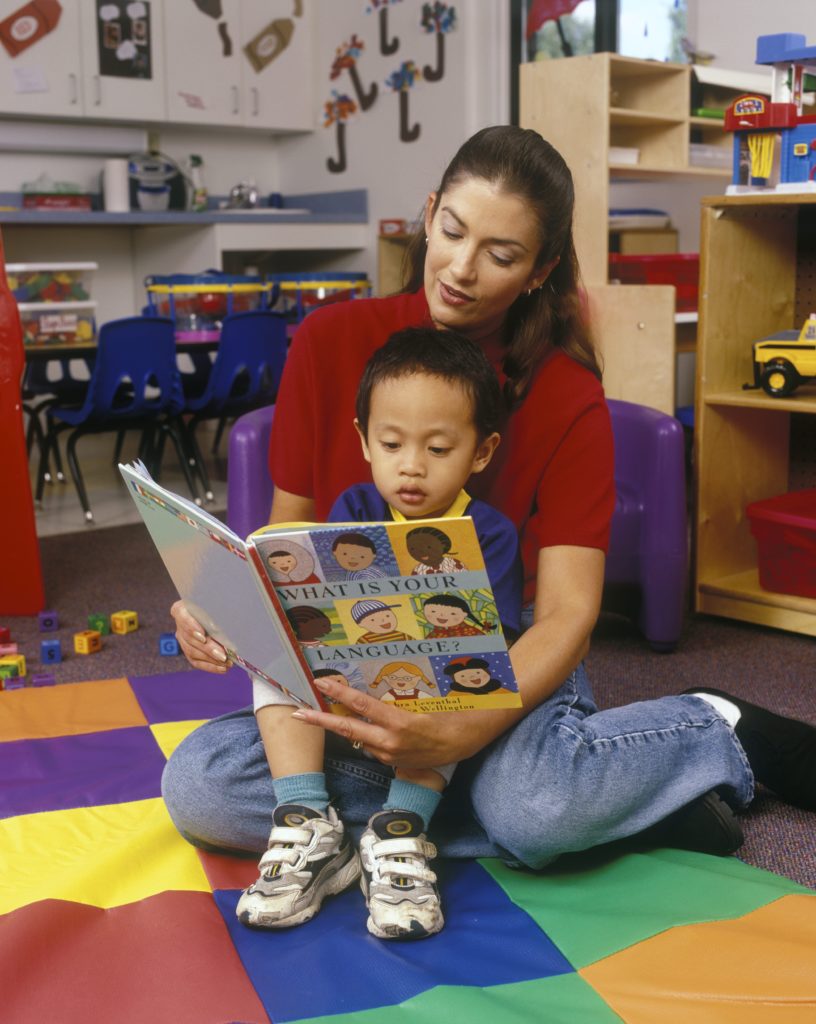
By Mahchid Namazi, Ph.D., CCC-SLP, Kean University &Betty Kollia,
Ph.D., CCC-SLP, William Paterson University
As classrooms are becoming increasingly diverse, professionals are continually learning to provide services to bilingual children. In the last 30 years, as the number of children has increased by 10 percent in the U.S., those whose home language is not English has more than doubled.
Speech Language Pathologists (SLP) and teachers are focused on young “English Language Learners” (ELLs) and their skills in English vs. their native language. Children’s ability to understand and express themselves in English will be enhanced when their first language is supported and included.
Studies associate bilingualism with many positive outcomes. These include intellectual benefits such as increased metalinguistic awareness, better attentional control and enhanced problem-solving.
Research studies indicate that bilingualism creates high-level language skills. Bilingual children have also been found to perform better than their monolingual peers on tasks that require selective attention.
With the growing number of bilingual students in our schools, it’s time to dismiss common myths such as bilingualism causing language confusion and language difficulties, or that children learn a second language simply by watching television or using an electronic device.
The New Jersey Speech-Language-Hearing Association (NJSHA) urges parents to embrace bilingualism by:
· Pursuing ongoing opportunities to expose children to your home language (e.g., spending time every day reading a book, listening to a story, or playing a game.)
· Increasing the opportunity to practice each language in culturally rich activities that include stories told by others, songs, traditional games, reading and writing.
· Exploring culturally specific activities and functions with family members and in the community.
· Creating situations that require a child to use your home language (e.g., making phone calls to relatives).
· Encouraging children to speak your home language. Avoid correcting mistakes. Instead, model the appropriate way to say what the child is trying to communicate.
Learning a language is a complex process for everyone. Children need to learn vocabulary, grammar, and other rules of language as they are working to become competent speakers. This is true, regardless of the language being learned. As bilingual children become more and more proficient in English, they may code switch. This is normal.
Bilingual children must learn the speech sounds of two different languages and sound systems usually vary. Some English sounds do not exist in other languages and there are sounds in other languages that are not part of English. Therefore, sound substitutions may occur as children learn to speak different languages. This will most likely result in speech errors until children discern which speech sounds go with each language. This is normal.
If speech sound errors persist beyond age 5, or if the child’s speech remains difficult to understand by people in the child’s linguistic community, then an SLP should conduct an assessment.
Parents who notice problems are urged to learn more by calling NJSHA at 888-906-5742 or by emailing
[email protected]
The authors are members of the New Jersey Speech-Language-Hearing Association.
AsAmNews has Asian America in its heart. We’re an all-volunteer effort of dedicated staff and interns. Check out our Twitter feed and Facebook page for more content. Please consider interning, joining our staff or submitting a story.
